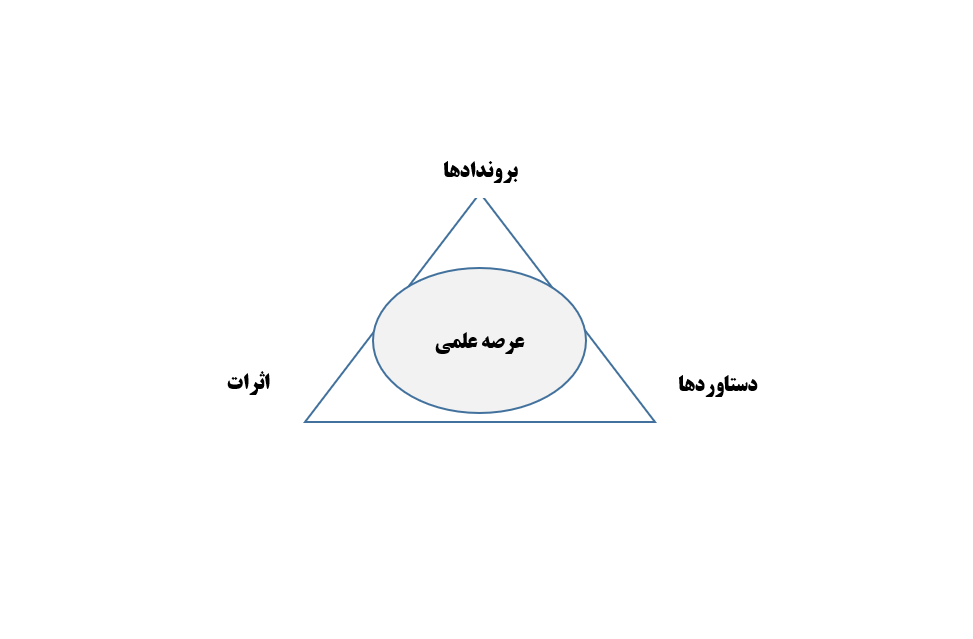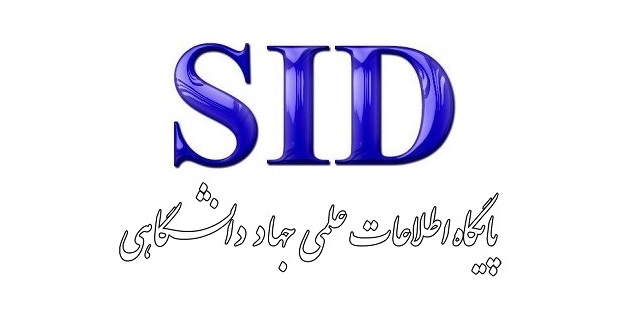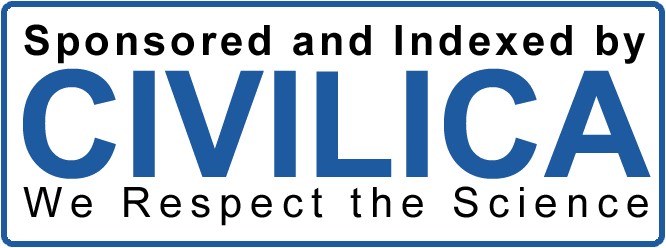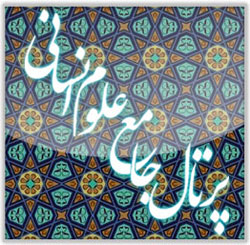Strategies for Realizing the Civilizational Components of the Second Step of the Islamic Revolution Statement with Emphasis on Science, Spirituality, and Economy
Keywords:
Islamic revolution, statement of the second step of the revolution, civilizational components, science, spirituality, economyAbstract
The Islamic Revolution, having passed its fortieth anniversary, now enters its fifth decade, after navigating numerous ups and downs during this period. At such a pivotal juncture, the Leader of the Revolution issued the “Statement of the Second Step of the Revolution,” offering a set of recommendations for reaching the summits of national advancement. Since the construction and advancement of Islamic Iran fall within the domain of the youth—and given that Iranian youth possess the energy and potential to undertake such a monumental task—the Leader addressed this major step to the youth and emphasized civilizational components necessary for traversing this grand path. This civilization should be based on indigenous models while incorporating religious frameworks. This study, employing a descriptive-analytical approach and drawing on Quranic verses, the guidance of the Leader, historical experiences, document analysis, and library research, seeks to answer the fundamental question: What are the practical strategies for realizing the civilizational components of the “Second Step of the Revolution” in society? (With emphasis on science, spirituality, and economy). The findings of the study reveal that in order to realize the civilizational components within society, special attention must be paid to the Iranian ecosystem. This includes the formulation of an indigenous model and the drafting of a structural charter in the domains of social, educational, and ethical issues. Within this structural order, a national will and determination must be established among all influential actors at every progressive level of society so that the civilizational trajectory outlined in the Second Step Statement may be fully realized.
Downloads
References
Akbari, M. (2011). An Introduction to Education in Islam and Iran. Johar Hayat Publishing.
Ashkavari, M. J. M. S. Z. (2015). Modern Islamic Civilization with Emphasis on Iran's Role in the Discourses of the Leader of the Revolution. Collection of Articles from the First Conference on Modern Islamic Civilization,
Azghandi, A. (2005). Foreign Policy of the Islamic Republic of Iran. Qom Publishing.
Durant, W. J. (1958). The East: Cradle of Civilization. Organization for Publications and Education of the Islamic Revolution.
Eftekhari, A. (2017). Capacity Assessment of International Relations Theories in Deepening the External Dimensions of the Islamic Revolution (With Emphasis on Constructivist Theory). Afaq-e Amniyat Quarterly, 10(36).
Hitti, P. K. (1987). History of the Arabs. Agah Publishing.
Ibn Babawayh Qomi, M., & Ali Akbar, G. (1984). Man La Yahduruhu Al-Faqih (Vol. 3). Dar al-Kutub al-Islamiyyah.
Jafari, M. T. (1978). Translation and Interpretation of Nahj al-Balagha (Vol. 16). Office of Islamic Culture Publishing.
Karouni, H. (2018). Administrative Corruption from the Perspective of Populist Criminal Policy in Iran's Legal System Shahid Ashrafi Esfahani University].
Motahhari, M. (2002). On the Islamic Revolution. Sadra Publishing.
Mousavi Khomeini, R. (1989). Sahifeh Noor (Vol. 21). Center for Compilation and Publication of Imam Khomeini's Works.
Rajai, F. (2006). The Transformation of Political Thought in Ancient Eastern Civilizations. Qom Publishing.
Shirazi, S. a.-D. M. (1981). Asfar (Vol. 3). Dar al-Ihya al-Turath al-Arabi.
Velayati, A. A. (2003). The Dynamism of Islamic and Iranian Culture and Civilization (Vol. 1). Center for Documentation and Research Services.
Waqidi, M. i. A., & Dr, M. (1985). Al-Maghazi (Vol. 1). Islamic Knowledge Publishing.
Zamani, M. (2017). Islam and Modern Civilization. Payam-e Islam Publishing.
Zohairi, A. (2001). The Islamic Revolution and National Identity. Political Sciences Quarterly, Baqir al-Olum University(16).

Downloads
Published
Submitted
Revised
Accepted
Issue
Section
License
Copyright (c) 1404 Mohammad Mehdi Bagheri (Author); Alireza Golshani (Corresponding Author); Alireza Biyaban Nord Sarostani (Author)

This work is licensed under a Creative Commons Attribution-NonCommercial 4.0 International License.







